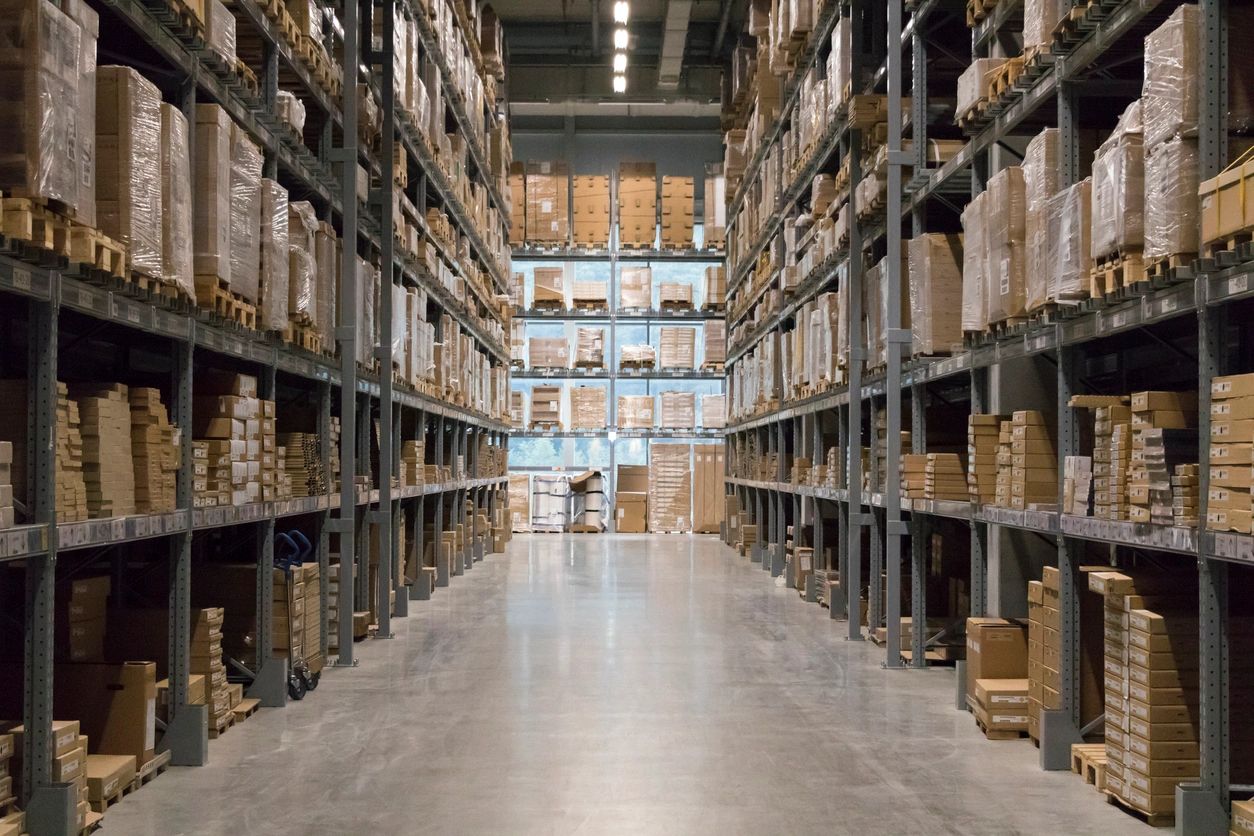
What’s the Difference Between a Stringer Pallet and a Block Pallet?
When it comes to shipping and warehouse logistics, pallets play a crucial role in supporting and transporting goods. Two common types of pallets are stringer pallets and block pallets. While they may appear similar at first glance, key differences affect their strength, durability, and functionality.
Stringer Pallets
Stringer pallets are constructed using three or more parallel beams (called “stringers”) that run the length of the pallet. These stringers provide the primary structural support. The top deck boards are nailed or secured to these stringers, creating a stable surface for stacking goods.
Key Features:
- Typically have openings on two sides for forklift entry (though some may have notches to allow four-way entry).
- Common in North America, particularly for lighter to medium-weight loads.
- Often made from wood but can also be constructed from plastic or composite materials.
Pros:
- Generally less expensive than block pallets.
- Lightweight and easier to handle for smaller-scale operations.
Cons:
- Less durable and may break down faster under heavy loads or repeated use.
- Limited forklift entry points unless notched for four-way access.
Block Pallets
Block pallets are designed with both stringers and solid blocks, typically made from wood or plastic. These blocks are positioned at each corner and along the middle sections, providing a robust support structure.
Key Features:
- Designed for true four-way forklift entry, improving handling efficiency.
- Common in international shipping due to their durability and versatility.
- Often used in heavier-duty applications due to their stronger construction.
Pros:
- Superior strength and durability for heavier loads.
- Easier for forklifts to access from all sides, improving warehouse flexibility.
Cons:
- Typically more expensive due to added material and construction.
- Heavier, which may increase shipping costs.
Which Pallet Type Is Right for You?
Choosing between stringer and block pallets depends on your shipping needs:
- For lighter loads and domestic shipping: Stringer pallets may be cost-effective and practical.
- For heavier loads, frequent reuse, or international shipping: Block pallets offer superior strength and durability.
Understanding these differences ensures you select the most efficient and cost-effective solution for your logistics operations.
